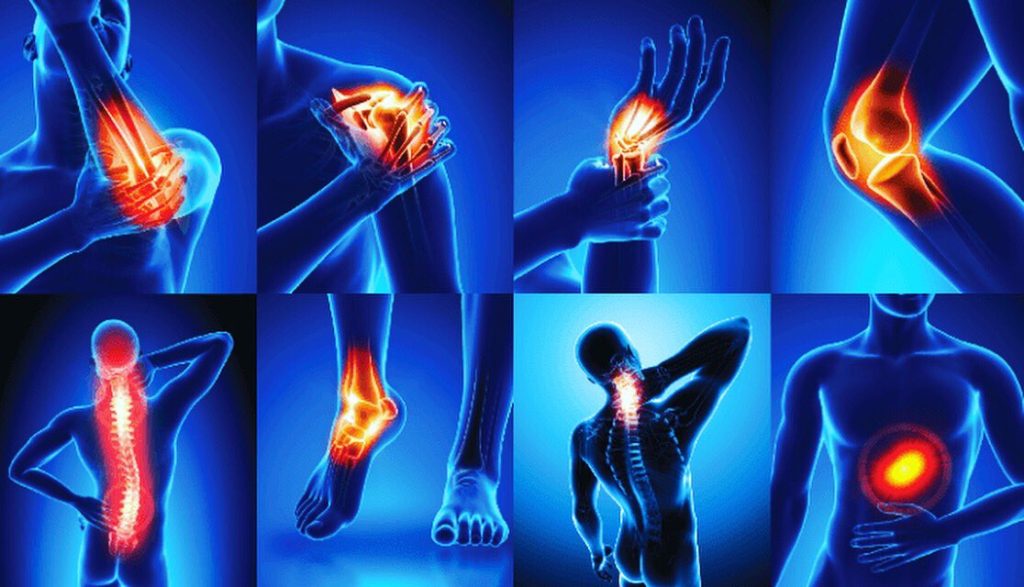Introduction
Chronic pain is a widespread issue impacting the lives of more than one third of adults in the United Kingdom. Unlike acute pain, which is typically short-lived and linked to a specific injury or illness, chronic pain persists for an extended period, often beyond three months. In this article, we will delve into the origins of chronic pain, understand the science behind it, and explore practical strategies for managing this challenging and enduring condition.
What is Chronic Pain?
Chronic pain is characterized by its duration, lasting longer than three months. It can arise as a result of other health conditions or continue despite investigations and treatments. If you experience pain for an extended period, particularly beyond 12 weeks, or suspect you might have chronic pain, it is crucial to reach out to your General Practitioner (GP). This is especially important if you notice worsening pain or if you already have chronic pain and develop new symptoms.
Symptoms of Chronic Pain:
- Persistent pain lasting beyond three months
- Pain not alleviated by conventional treatments
- Concerns about worsening pain or development of new symptoms

How Does Your Body Feel Pain?
To comprehend chronic pain, it’s essential to understand how our bodies process and interpret pain signals. The central nervous system, composed of the brain and spinal nerves, plays a crucial role in this process. Nerves constantly carry messages between the body and the brain, serving as a communication network. The brain acts as a control center, analyzing these messages to determine necessary actions. However, sometimes the brain misinterprets signals, leading to the sensation of pain even when there is no evident harm or damage.
Chronic pain can induce changes in the brain and nervous system. These alterations may cause the brain to continue sending out pain signals, amplifying them even when there’s no physical harm or damage. This heightened sensitivity in the signal pathway can result in intense and seemingly unexplained pain.
Conditions like fibromyalgia and complex regional pain syndrome fall under the umbrella of chronic pain, showcasing the diversity and complexity of this condition.
Causes of Chronic Pain
Identifying the causes of chronic pain is not always straightforward. While some cases may be linked to specific injuries or operations, many instances lack a clear and identifiable cause. If you’ve had an injury and pain persists beyond the expected healing time, this could be an indication of chronic pain.
Understanding the causes of chronic pain is crucial, and resources like Flippin Pain can provide valuable insights into this complex aspect of health.
Living with Acute vs. Chronic Pain
Distinguishing between acute and chronic pain is essential for effective management. Acute pain is usually temporary and can be easily explained – often arising after an injury or illness. It is typically responsive to medication and causes a short-term disruption to your usual routine and activities. While acute pain may bring frustration and stress, it tends to reduce with the healing process, allowing individuals to return to normalcy within weeks or months.
Chronic pain, on the other hand, presents a different set of challenges. It cannot always be easily explained, may not respond well to medication, and can cause lasting changes to activities, routines, and roles. Living with chronic pain may lead to feelings of low energy, exhaustion, or being overwhelmed. It might even cause individuals to feel hopeless or uncertain about the future. However, the understanding and support provided by family and friends play a crucial role in navigating the complexities of chronic pain.
Symptoms of Acute Pain:
- Temporary pain usually explained by a specific cause
- Responsive to medication
- Short-term disruption to routine and activities
- Short-term frustration and stress
- Reduction with the healing process
Symptoms of Chronic Pain:
- Pain enduring beyond the expected healing time
- Not always easily explained
- Limited responsiveness to medication
- Lasting changes to daily activities and routines
- Feelings of low energy, exhaustion, or being overwhelmed
- Potential for feelings of hopelessness or uncertainty about the future
- Support from family and friends often essential
Managing Chronic Pain
Managing chronic pain is a complex journey that requires a multifaceted approach. Unlike acute pain, which may resolve with time and conventional treatments, chronic pain often necessitates a combination of strategies. Traditional treatments like pain medication, while beneficial for some, may only provide limited relief for others.
Seeking guidance from healthcare professionals is crucial for developing personalized strategies and techniques to self-manage chronic pain effectively. These professionals can assist individuals in making changes that enhance their overall quality of life. While chronic pain may not always be completely cured, there are ways to improve one’s daily experience and mitigate the impact of persistent discomfort. want to know other health problems and their treatment
Key Strategies for Managing Chronic Pain:
- Consult healthcare professionals for personalized strategies
- Explore alternative treatments beyond traditional medication
- Understand and address changes in daily activities and routines
- Seek emotional support and mental health resources
- Make lifestyle adjustments to enhance overall well-being

Conclusion
In conclusion, chronic pain is a multifaceted and enduring challenge, impacting a significant portion of the population. By understanding the origins of chronic pain, recognizing the differences between acute and chronic pain, and implementing personalized management strategies, individuals can enhance their quality of life despite the persistent nature of this condition. Seek support, explore various approaches, and remember that managing chronic pain is an ongoing process that involves both medical guidance and personal empowerment.









